Next Gen VR HMD – This Veteran Designer Built A Better Oculus In His Free Time
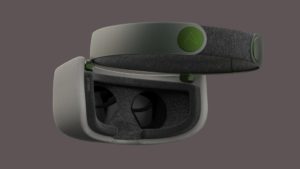
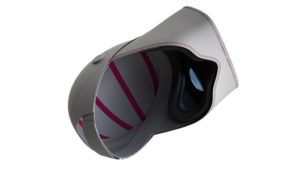
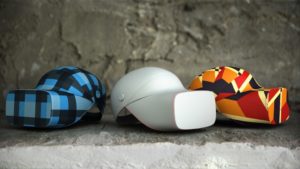
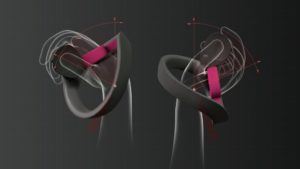
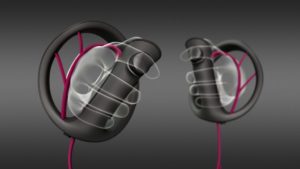 Branko Lukic, a former lead industrial designer at both Ideo and Frog, who since founded Nonobject, thinks he can do better. His studio designed the hit Bluetooth speaker the UE Boom, which reimagined a rapidly-obsolescent gadget as something that might age proudly, like an heirloom watch or jacket. And for the past eight months, as an unpaid side project for their own amusement, Nonobject’s designers have focused on fixing the pain points of VR and AR in a project called Airhead. Their goal? To make this new frontier “as comfortable as possible.” That includes improving physical comfort, increasing social acceptance, and rethinking the intuitiveness of headsets.
Branko Lukic, a former lead industrial designer at both Ideo and Frog, who since founded Nonobject, thinks he can do better. His studio designed the hit Bluetooth speaker the UE Boom, which reimagined a rapidly-obsolescent gadget as something that might age proudly, like an heirloom watch or jacket. And for the past eight months, as an unpaid side project for their own amusement, Nonobject’s designers have focused on fixing the pain points of VR and AR in a project called Airhead. Their goal? To make this new frontier “as comfortable as possible.” That includes improving physical comfort, increasing social acceptance, and rethinking the intuitiveness of headsets.
Nonobject’s first idea feels so obvious, you’ll kick yourself for not thinking of it first. Kepi is a VR headset built into a baseball cap. “It’s a hat–not just physical comfort, but emotional comfort as well,” says designer Kevin Killpatrick. Self-explanatory by design, you slip it on much like a fitted cap, while adjustments on the sides ensure you can get a tight fit with the mask.
Split is a VR headset that, rather than slipping over your head, splits in the middle to wrap around it. The actual eyepiece is cut down the center and attached by magnets (and, perhaps, a clasp as well for more active use). All you have to do is pull it apart and the headset comes off. And thanks to the fact that the Rift uses two lenses and LCDs, it’s feasible to crack those components right down the middle–at least for any VR headset that doesn’t require a full, single-piece phone inside.
Much like eyeglasses, Spect is fit with two spring-loaded temples that can wing out, then clamp onto your head. As opposed to resting their weight on your ears, however, they grasp the back of your skull with two large, spoon-like pads. It’s all a bit odd to describe, but putting Spect on takes moments. And as a bonus, the rear of your skull is not as sensitive as the top of your head or face, so the headset is easy to forget about.
Of course, comfort comes in two forms. There’s the comfort of being inside VR. And then there’s the comfort of seeing someone in VR. Serene is designed to be the softest, most approachable shape Nonobject could imagine for a VR or AR headset.
Without getting too into the weeds about the exact ergonomic and tracking considerations at play, Grasp encompasses two great ideas. First is that it actually grabs the hand with the equivalent of fabric brass knuckles. This means you can do something impossible inside the Touch–actually throw a virtual object (without chucking the real controller across the room). “We had this frisbee test,” says Killpatrick. “We put the frisbee test against all the controllers out there. You can’t do it. It’d fly away.”
These soft knuckles weigh on just the right part of your hand to avoid fatigue. To ensure a proper fit, their second great idea comes into play: All you do is pull down on a strap that runs down through the Grasp hardware, and they tighten.
See the full story here: https://flipboard.com/@flipboard/-this-veteran-designer-built-a-better-oc/f-dae0750e60%2Ffastcodesign.com
Pages
- About Philip Lelyveld
- Mark and Addie Lelyveld Biographies
- Presentations and articles
- Tufts Alumni Bio